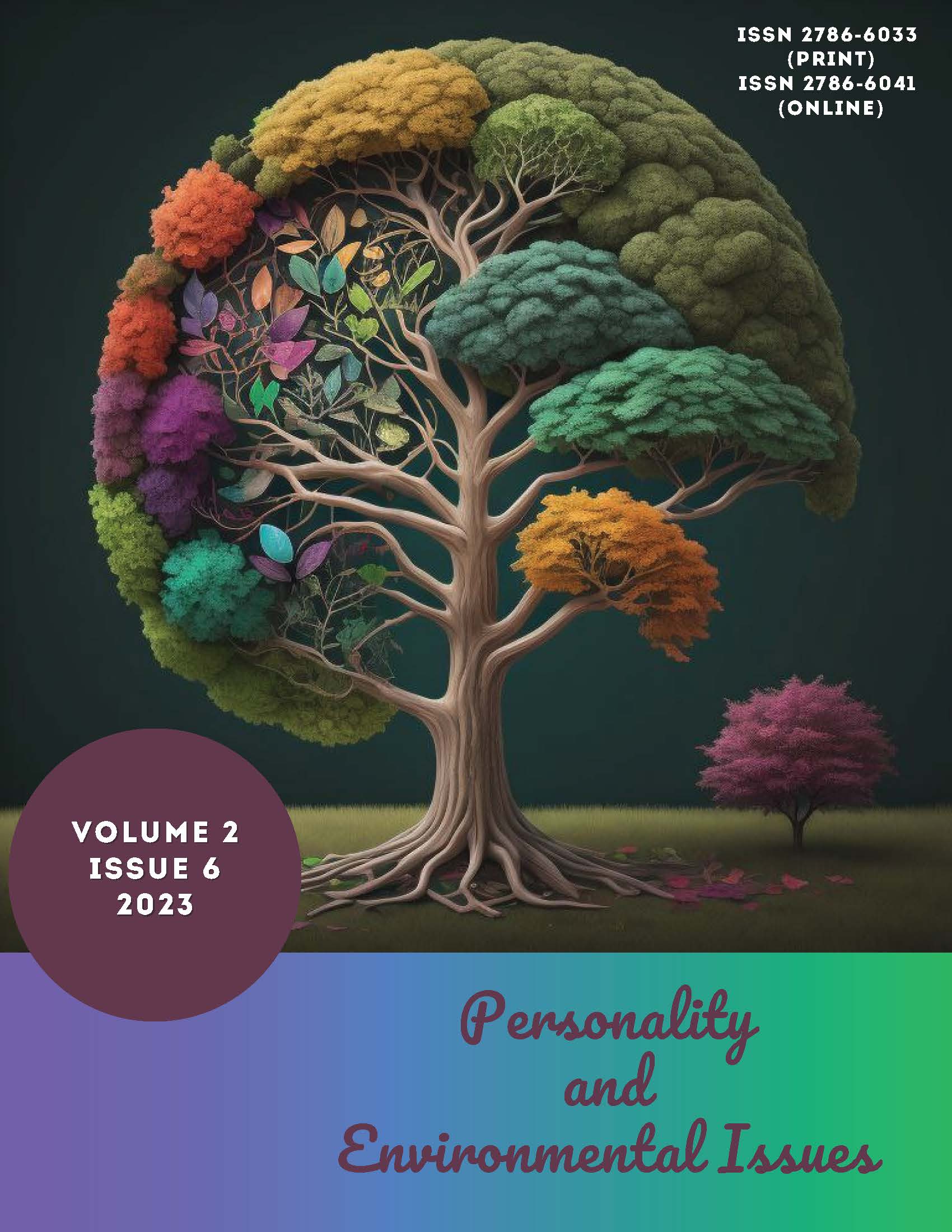Abstract
Every day, employees of the State Emergency Service of Ukraine perform complex tasks of eliminating the consequences of rocket attacks, clearing debris, rescuing Ukrainian citizens, and ensuring the protection of the population and territories from emergencies. An important scientific and psychological area is the research of the peculiarities of professional burnout of employees of the State Emergency Service of Ukraine in order to develop vectors of psychological correction and psycho-correction in case of its occurrence.
The scientific article presents a structural and functional model of the socio-psychological features of professional burnout of employees of the organs and units of the State Emergency Service of Ukraine.
The supporting structures for the design of the structural and functional model were: Rybalka-Shevtsov's four-dimensional personality structure and the structural and functional model of psychological mechanisms of social adaptation of young people with musculoskeletal disabilities by I. Chukhriy and A. Shevtsov.
Professional burnout is presented in the structural-functional model in the context of considering socio-psychological adaptation (socio-psychological adaptation, resilience, self-efficacy) and socio-psychological maladjustment (socio-psychological maladjustment, professional burnout).
External factors that influence the formation of professional burnout among employees of the State Emergency Service of Ukraine include education (availability of secondary specialized, higher, secondary general education); specialized training (peculiarities of training of employees of organs and units of the State Emergency Service of Ukraine); work experience; marital status; and extreme working conditions.
Individual psychological factors are grouped as follows: emotional-affective (emotional comfort/emotional discomfort, situational anxiety, personal anxiety, depression, aggressiveness, hostility); communicative (leadership, sociability, reflectivity); cognitive (cognitive processes, reflectivity); behavioral (dominance, escapism, prominence, dependence/independence, sociability/unsociability); motivational and volitional (internal control/external control, prominence, acceptance of struggle/rejection of struggle).
The personality structure itself is presented as follows: age, genetic dimension, individual psychological dimension, and activity dimension.
It is important to note that the proposed structural-functional model demonstrates the interconnection of all its structural components, and its ascending core is the structure of the specialist's personality, which is formed in the age, genetic, individual psychological and activity dimensions. Through the individual psychological dimension, we have the opportunity to explore the individual psychological factors that influence the emergence of professional burnout as a component of the process of socio-psychological maladjustment, or the formation of socio-psychological adaptability, resilience and self-efficacy as components of socio-psychological adaptation. The external (social) factors that demonstrate the social conditions for the emergence of professional burnout or can act as factors that prevent its emergence (family, career growth opportunities, etc.) are of great importance in the proposed model.
References
Kovrovsky Y.G. Factors of professional burnout of the personnel of the operational and rescue service of the Ministry of Emergencies of Ukraine / Y.G. Kovrovsky // Actual problems of psychology: collection of scientific works of the H.S. Kostiuk Institute of Psychology of the National Academy of Sciences of Ukraine / [ed. by S.D. Maksymenko (head editor) and others]. Kyiv: H.S. Kostiuk Institute of Psychology of the National Academy of Sciences of Ukraine, 2013. Vol. 1: Organizational psychology. Social psychology. Economic psychology / edited by S.D. Maksymenko, L.M. Karamushka. 2013. Issue 38. P. 262-265.
Moskalets V.P., Koltunovych T.A. Psychological burnout - reality or fiction? / V.P. Moskalets, T.A. Koltunovych // Practical psychology and social work. 2012. No. 1. P. 58–66.
Furman A. V. Psychodiagnostics of personal adaptability: Scientific edition. Ternopil: Economic thought, 2000. 197 p.
Khairulin O.M. Psychology of professional burnout of military personnel: [monograph] / Oleg Mikhailovich Khairulin; under the scientific editorship of A.V. Furman. Ternopil: TNEU, 2015. 220 p.
Chukhrii I., Shevtsov A. Psychological mechanisms of social adaptation of young people with disabilities. American Journal of Applied and Experimental Research. New York NY. USA, 2017. №3(6). P.6-14.
Freudenberger H. Burnout: The high cost of high achievement /H. Freudenberger, G. Richelson. New York: Anchor, Doubleday, 1980. 240 р.
Selye H. Stress in health and disease. Butterworth-Heinemann, 1976. 1256 р.

This work is licensed under a Creative Commons Attribution 4.0 International License.
Copyright (c) 2023 Inna Chuhrii, Tetiana Nazarovets





